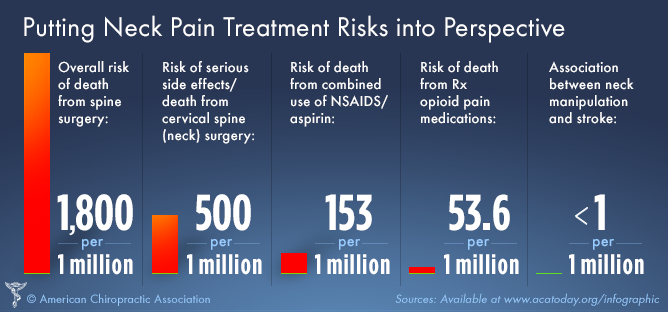Prepare Yourself To Check Out The Fascinating Mobile Interactions Of Cold Laser Therapy And Its Utilization Of Light For The Function Of Healing. Dive Further Into The Realm Of Science!
Prepare Yourself To Check Out The Fascinating Mobile Interactions Of Cold Laser Therapy And Its Utilization Of Light For The Function Of Healing. Dive Further Into The Realm Of Science!
Blog Article
Write-Up Author-Castro Daley
You may have come across cold laser treatment as an appealing treatment alternative for different problems, yet have you ever before questioned how it in fact works on a cellular degree? Recognizing the mechanisms behind this therapy can shed light on its efficiency in advertising recovery and decreasing swelling. By checking out the scientific research behind cold laser treatment, you'll obtain understandings right into the interesting methods which light can influence cellular processes and help with cells repair.
Just How Cold Laser Therapy Works
To recognize just how cold laser therapy functions, you need to understand the basic principles of exactly how light energy connects with biological cells. source website , also called low-level laser treatment (LLLT), utilizes particular wavelengths of light to permeate the skin and target hidden cells. Unlike the intense lasers utilized in operations, cold lasers emit reduced degrees of light that don't generate warmth or create damages to the cells.
When these gentle light waves get to the cells, they're absorbed by elements called chromophores, such as cytochrome c oxidase in mitochondria. This absorption activates a series of biological responses, including increased mobile power production and the launch of nitric oxide, which boosts blood circulation and reduces swelling.
In https://www.burnettcountysentinel.com/news/rays-of-hope-and-love/article_95946510-89d9-11ec-b5f1-c3ea1c0abd5f.html , the light energy can additionally boost the production of adenosine triphosphate (ATP), the energy money of cells, aiding in cellular repair service and regeneration procedures.
Fundamentally, cold laser treatment harnesses the power of light power to promote healing and alleviate discomfort in a non-invasive and mild way.
Devices of Action
Exactly how does cold laser treatment really work to generate its therapeutic results on biological cells?
Cold laser therapy, additionally known as low-level laser therapy (LLLT), runs via a process called photobiomodulation. When the cold laser is applied to the skin, the light power penetrates the tissues and is taken in by chromophores within the cells.
These chromophores, such as cytochrome c oxidase in the mitochondria, are then promoted by the light power, leading to a cascade of biological responses. One vital system of action is the improvement of cellular metabolic rate.
The taken in light energy increases ATP production in the mitochondria, which is essential for mobile function and repair service. In addition, cold laser therapy aids to reduce swelling by preventing inflammatory conciliators and advertising the launch of anti-inflammatory cytokines.
This anti-inflammatory impact adds to pain relief and tissue recovery.
Therapeutic Impacts
Recognizing the therapeutic impacts of cold laser therapy involves recognizing just how the boosted cellular metabolic rate and anti-inflammatory residential properties contribute to its positive outcomes on organic cells.
When the cold laser is put on the damaged location, it promotes the mitochondria within the cells, leading to raised production of adenosine triphosphate (ATP), which is critical for cellular function and repair work. https://carcrashneckinjury72716.get-blogging.com/30744941/harness-the-transformative-capabilities-of-light-making-use-of-cold-laser-treatment-to-explore-the-future-of-pain-monitoring-and-recovery in cellular power increases the recovery process by promoting cells regeneration and reducing swelling.
Moreover, the anti-inflammatory residential properties of cold laser therapy help to reduce discomfort and swelling in the targeted location. By hindering inflammatory mediators and promoting the release of anti-inflammatory cytokines, cold laser treatment aids in relieving discomfort and improving the general recovery feedback.
This decrease in swelling not just supplies prompt relief but likewise sustains long-term cells repair.
Conclusion
To conclude, cold laser therapy works by stimulating cellular repair service and cells regrowth via photobiomodulation. Its anti-inflammatory properties supply discomfort relief and lower swelling by preventing inflammatory conciliators.
This therapy offers a detailed technique to healing, providing both immediate relief and long-term cells fixing benefits.
Via its mechanisms of action, cold laser therapy confirms to be a reliable and appealing therapy choice for a selection of conditions.
